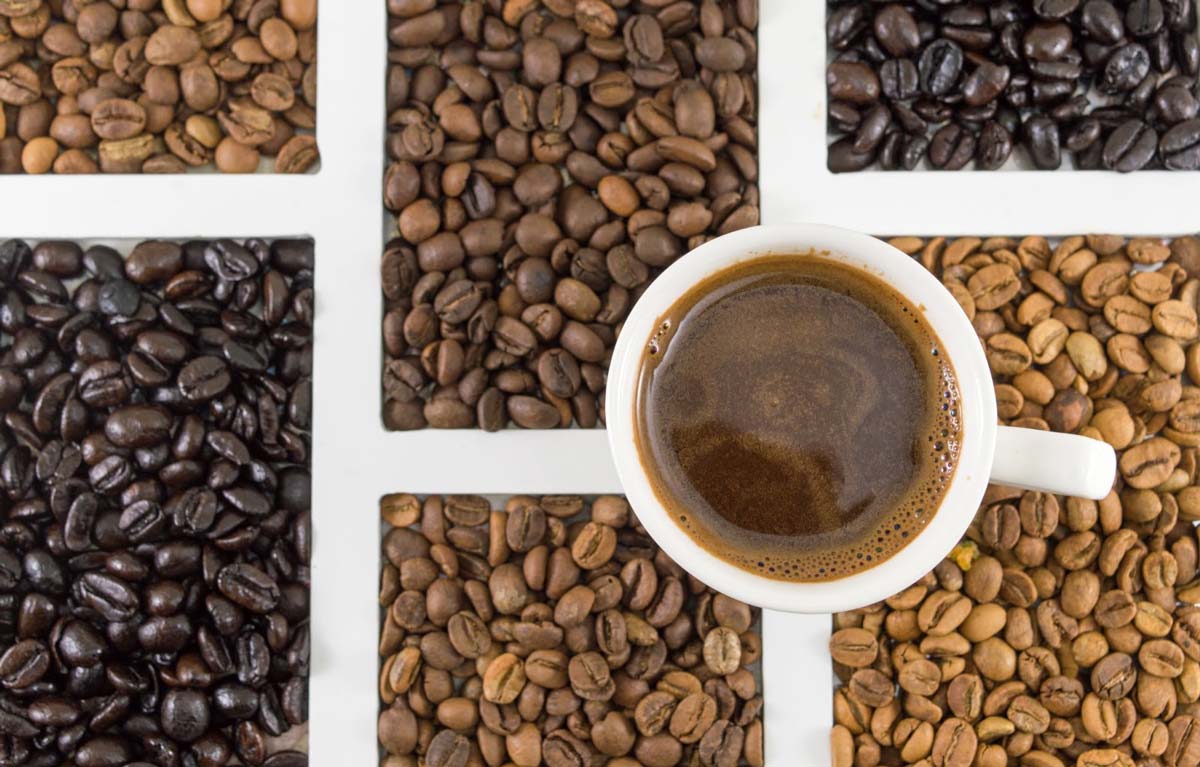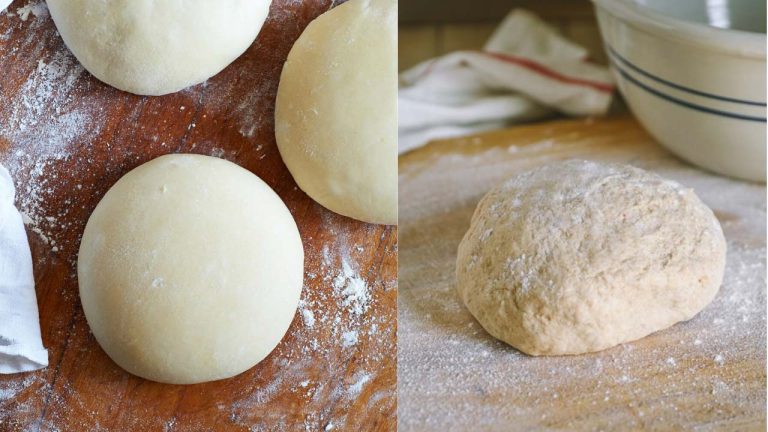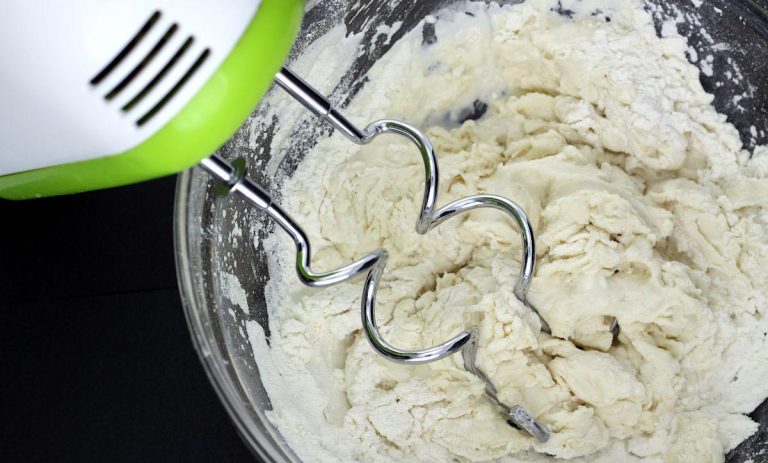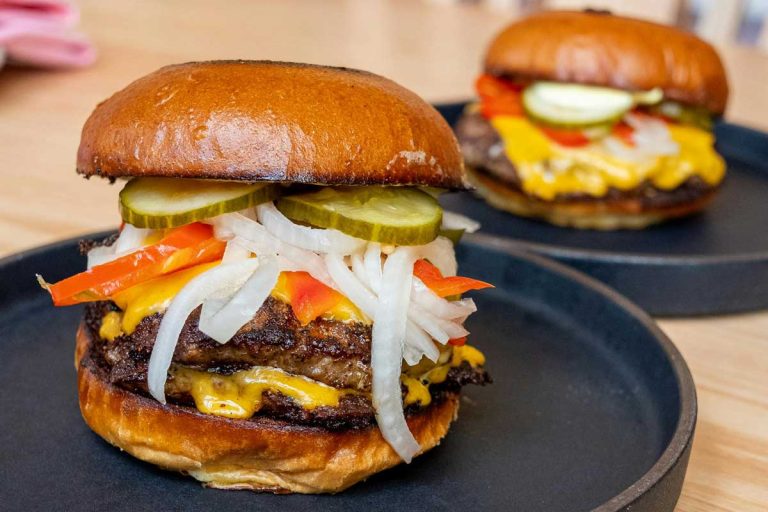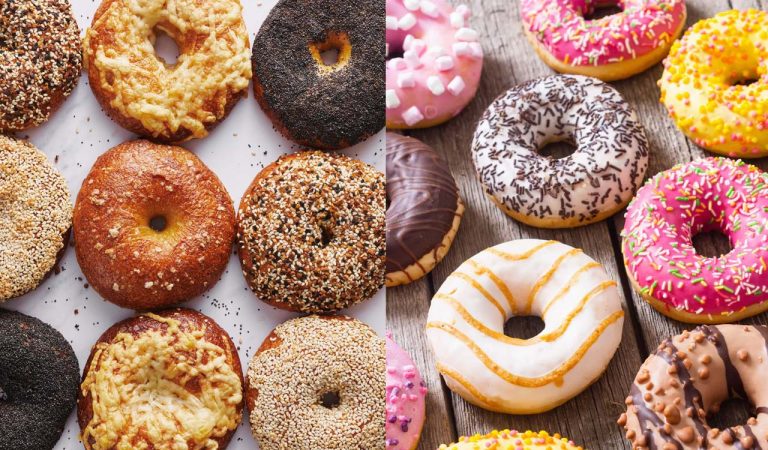10 Types of Coffee Beans You Might be Interested in!
Coffee beans come from the seeds of the fruits of coffee plants. Different varieties of plants produce different types of coffee beans that are distinguishable in taste, smell, bitterness, sweetness, texture, caffeine quantity, etc.
The different classifications of the beans are known as varietals. Varietals are important to understand all the different aspects of coffee beans. Understanding the varietals will help you as a consumer, buyer, seller, or trader of coffee beans but ultimately for personal consumption, varietals should not be given the most attention. Instead, the coffee you choose should reflect your taste preference and not classification based on genetics.
Here, in this article, we will discuss all of the top well-known types of coffee beans found all across the world so that you can easily understand the quality and origin of your coffee beans without falling for marketing tactics.
10 Different Types of Coffee Beans
Although there is no clear distinction between a lot of varieties of coffee beans, we can regard the most popular coffee beans to be the following ones, Arabica, Robusta, Colombian, Brazilian, Sumatra Mandheling, Ethiopian Yirgacheffe, Kenyan AA, Guatemalan Antigua, Costa Rican Tarrazu, and Papua New Guinean.
1. Arabica
Arabica is the most popular type of coffee bean in the world and it counts for about 70% of the entire coffee beans available on the market. Most of the blends used in coffee shops are Arabica with a slight addition of Robusta coffee beans.
Arabica coffee plants are grown in East Africa, central Africa, Latin America, India, and Indonesia. Arabica originated in the Southwestern highlands of Ethiopia. It was first brought to Hawaii in 1813 during the colonization era and slowly became the largest variety of coffee in the world.
Arabica plants grow about 9 to 12 meters or 30 to 39 feet. The flowers of this plant are white and the seeds grow about 10-15 mm in diameter turning bright red to purple when matured. Fruits typically contain two seeds which are called coffee beans.
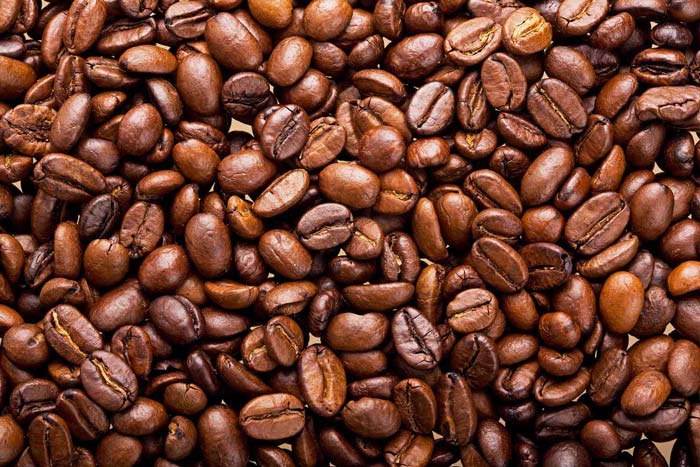
2. Robusta
Robusta is the second most popular type of coffee beans covering about 25% of the entire market. Robusta coffee contains about twice as much caffeine causing it to be sometimes excessively bitter which is why it is primarily used in instant coffee or with a blend with Arabica coffee.
Robusta coffee smells like peanuts or oats before it is roasted producing a nutty and grainy fragrance but after getting roasted it smells like burnt rubber or plastic and sometimes slightly woody. Robusta has a less pleasant acidity level than Arabica coffee.
Robusta coffee beans are primarily grown in Central Africa, East Africa, West Africa, Southeast Asia, India, and Indonesia. It is also grown in Brazil where the locals call it Conilon.
Contrary to popular belief, robusta coffee is not of lower quality than Arabica coffee. It costs less than Arabica coffee because it is more resistant to diseases and grows easily. The bitter flavor is natural due to the caffeine levels being so high.
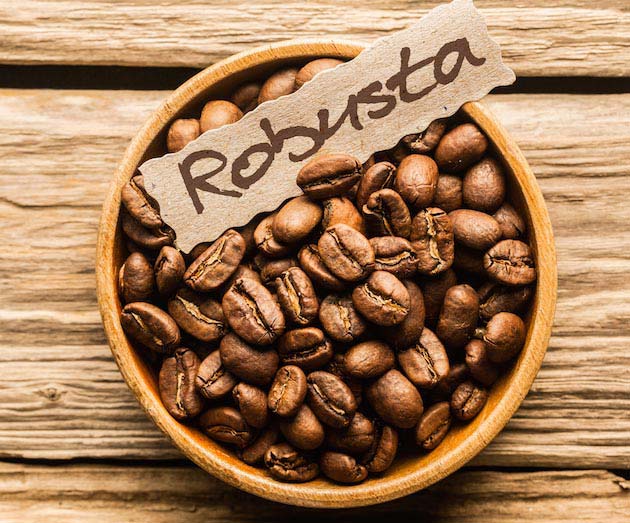
3. Colombian
Colombian coffee has a distinctive rich and citrus-like acidic taste and a fruity flavor. Colombia grows approximately 10% of the entire coffee production of the world and exports most of the coffee beans.
Colombian coffee beans are grown about 1200 to 1800 meters above sea level. Harvest season varies between September to January and April to August. Colombian coffee beans are typically produced keeping in line with the tradition of hand washing and sun drying on patios.
Colombian coffee beans have a mild taste and they will taste bland to consumers used to stronger blends of coffee beans so keep that in mind when you are buying authentic Colombian coffee beans.
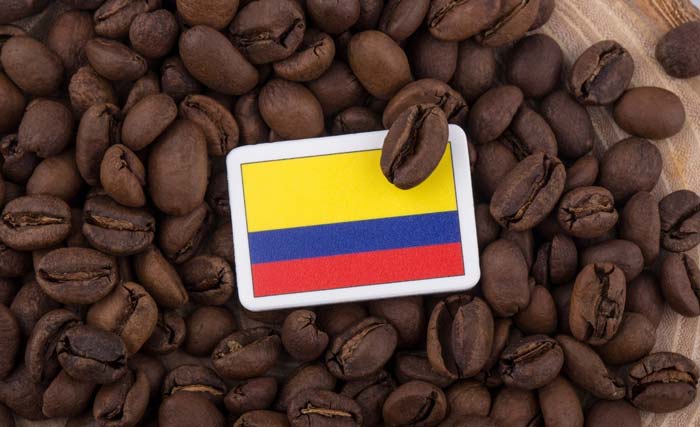
4. Brazilian
Brazil is the world’s biggest producer and exporter of coffee and its distinctive mark is being a dark roast. Approximately one-third of our entire world’s coffee production comes from Brazil. The highest premium quality coffee in Brazil gets the tag ‘Santos’ after getting shipped.
The specialty of Brazilian coffee is that it can be roasted to get dark without turning overly bitter. Brazilian coffee beans have the perfect balance of flavor which is the reason behind their capability of getting intensely roasted without turning bitter. The highest quality of expresso is made from blends of Bourbon Santos or Brazil Cerrado.
Brazilian coffee also has a relatively low acidity, a nutty sweet flavor, and a slightly chocolaty aroma. Brazilian coffee beans also come as green beans and these are dry processed, unwashed, and kept natural.
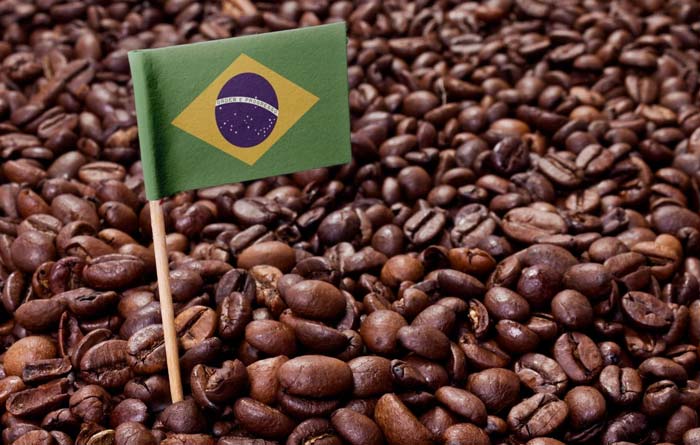
5. Sumatra Mandheling
Sumatra Mandheling coffee beans get their name from being grown on the Indonesian island of Sumatra. This particular coffee bean is known for having a smooth, mouthfeel, and complex taste. These coffee beans have been described as having an earthy and herbal aroma which is unique to this region.
The sweet chocolaty and licorice flavor develops because of the rich volcanic soil and the tropical climate even though Indonesia does not have such high altitudes.
The Mandheling coffees are dry-processed although the method includes washing the dried husk of the coffee fruit in hot water. This method also provides a more uniform appearance and a unique smell and flavor.
Sumatra Mandheling coffee beans come in a variety of dark roast and medium-dark roast both of which bring out the coffee’s sweet taste, aroma, and earthy qualities.
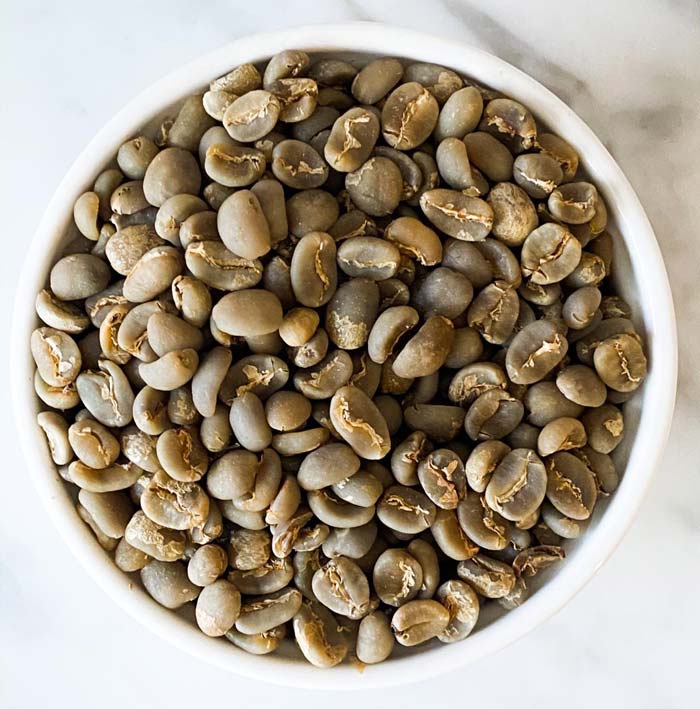
6. Ethiopian Yirgacheffe
The birthplace of coffee, Ethiopia, is still home to one of the finest coffee beans found around the globe, the Ethiopian Yirgacheffe coffee bean. The Ethiopian Yirgacheffe coffee beans have a distinctive sweet flavor and aroma.
Ethiopian Yirgacheffe coffee beans have been noted by some to be the highest quality of Arabica coffee found in the entire world which really speaks for the quality of these coffee beans.
Ethiopian Yirgacheffe coffee has a bright acidity with an intense, and clean taste. The aroma contains layers of floral notes and undertones of berry or wine with a hint of toasted coconut. Premium Ethiopian Yirgacheffe coffee has a slightly nutty or chocolaty flavor although some have reported subtle tones of tangerine and citrus.

7. Kenyan AA
Kenyan AA coffee beans are grown at higher than 6600 feet above sea level which provides the coffee trees with a unique set of climate, nutrition, and temperature. All of these factors produce one of the best quality coffee beans in the world.
Kenyan AA coffee has a fresh and floral aroma with a flavor similar to Bergamot, berries, and lemongrass. Its acidity level is quite bright and it has a rich and heavy body.
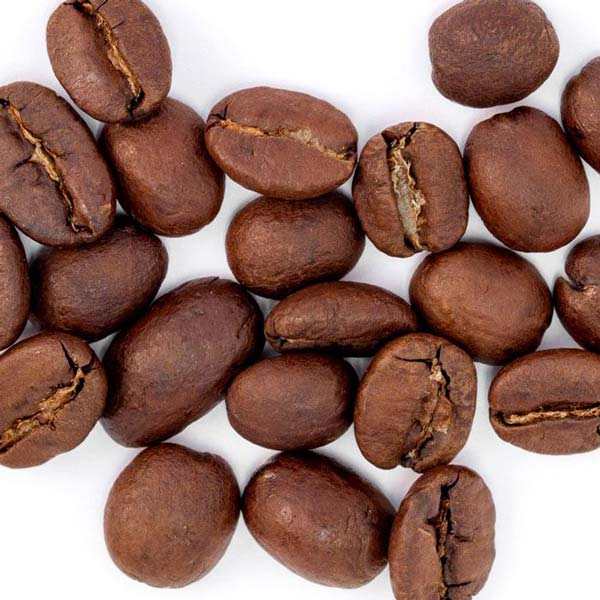
8. Guatemalan Antigua
Guatemalan Antigua coffee beans are very hard in nature and are grown at elevations ranging from 4600 feet to 5600 feet. These coffee beans typically come in dark roast and have a pleasant smoky flavor when brewed properly. Some even report it to have a rich, velvety, and spicy flavor.
Guatemalan Antigua coffee beans are washed and sun-dried. The harvest period ranges from December to April.
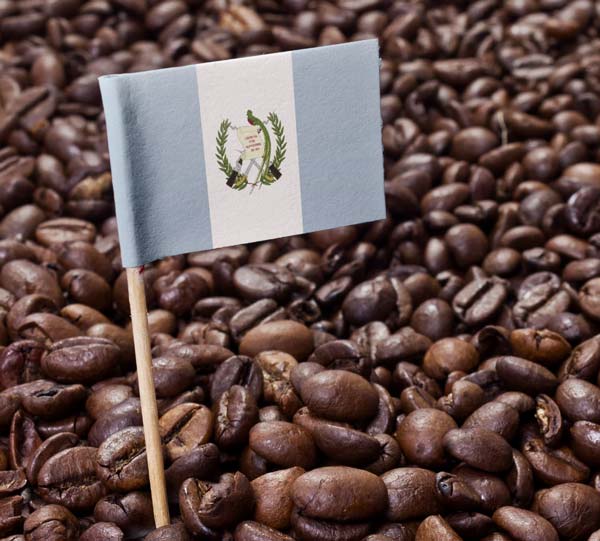
9. Costa Rican Tarrazu
Costa Rican Tarrazu coffee beans are grown in the interior mountain regions of Costa Rica. The specialty of this coffee bean is that it has a complex aroma and is relatively heavy-bodied. The flavors of these coffee beans have been reported to be citrus, tropical fruits, and apricots.
Costa Rican Tarrazu coffee beans have lively and bright acidity. The harvest period is between December and February. Costa Rican Tarrazu coffee beans have an intense, fragrant aroma similar to brown sugar.
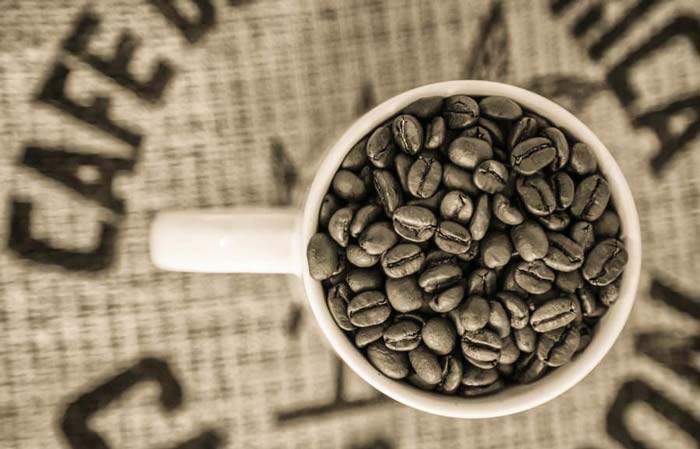
10. Papua New Guinean
Papua New Guinean coffee has a low-toned richness, mild and earthy flavor, moderate acidity, and a clean taste. Papua New Guinean coffee beans compete with Indonesian coffee beans for quality. The taste is well complemented by an exotic, complex, and fruity aroma.
These coffee beans usually come in medium roast perfect for brewing with a French Press or steel-filter drip coffee maker. Notable varieties of Papua New Guinean coffee include New Guinea Kimel Coffee and New Guinea Arona Coffee.


